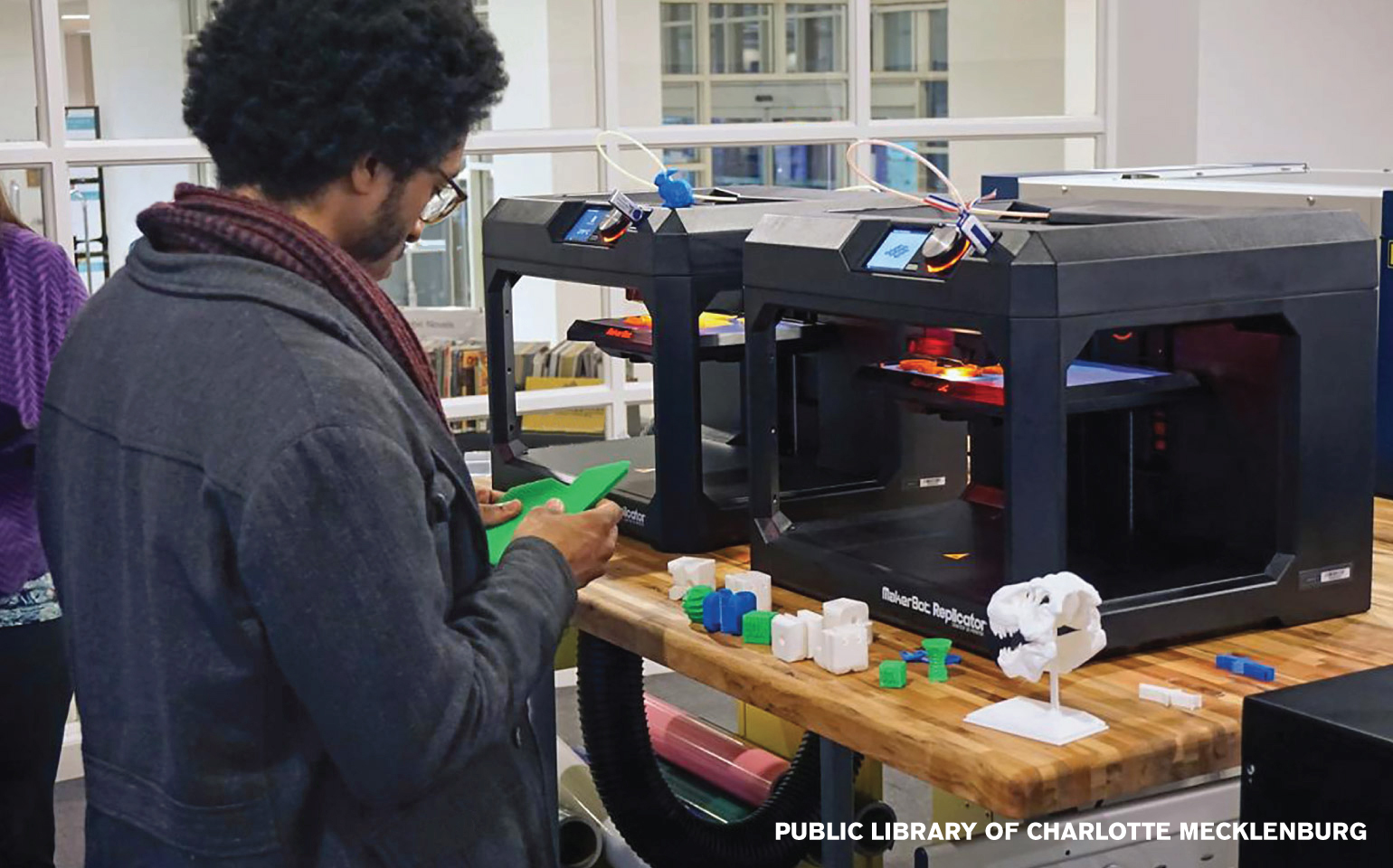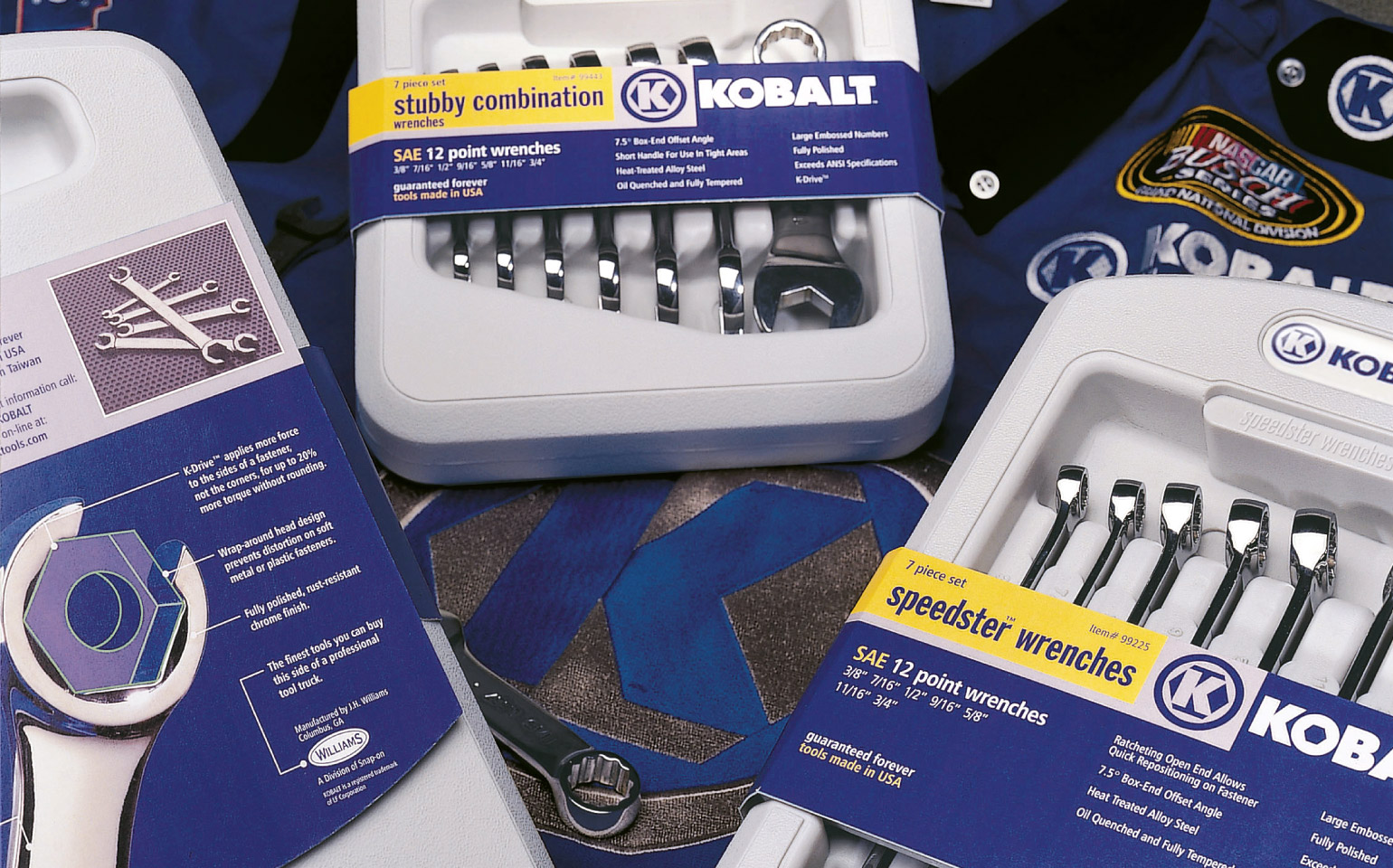Design Thinking is Old News
Designers and manufacturers have used this process for many years. But an evolution of Design Thinking (DT) is now emerging. It is the tried and true DT process with two bookends that are enhancing the front end and tail end of the process.
So in addition to the historic DT process—user empathy, collaborative ideation, crude models tested and refined—are two important realities especially important to mid-sized manufacturers of durable products. Why?
1. On the front end
Because to effectively innovate manufacturers need to envision the future, not just meet today’s customer needs. In an environment where changes in consumer attitudes, new technologies, or government regulations can reshape the business landscape, Design Thinking now includes tools to avoid upcoming potholes and leverage future opportunities.
2. On the tail end
We are now helping companies manage not only the design and development stages, but also the introduction and adoption of the innovation within the marketplace.
These two enhancements to DT make it even more valuable.
I’ll explain how this is happening in a moment, but first let’s look back at the history and fundamentals of Design Thinking:
More than 30 years ago my firm and others like it were applying a process (now called Design Thinking) to design problems of all sizes—consumer products, large equipment design, corporate identity systems, etc. In the early 1990s while working with Bill Stumpf on a journal for Herman Miller called “Work Book,” I explained how our design process is a combination of intuition and analysis. Later, around Y2K (remember that?), designers and business people began applying the process of DT to what might have previously been called “non-design problems.” Everyday business problems, like improving customer service interaction or revamping payroll systems. Worldwide social and environmental problems, like creating alternatives to deforestation or developing sustainable clean water outlets in sub-Saharan Africa. The application of DT to these sorts of issues has elevated it and vastly extended its reach.
The “non-design” expansion of Design Thinking coincided with the emergence of “innovation” as the holy grail of business. Stanford University popularized the notion that most any problem could be at tackled using DT because of its powerful mix of multiple thought modes guided by a methodological structure that leads to appropriate and meaningful innovation. For better understanding, it helps to juxtapose design thinking with analytical thinking and intuitive thinking.
Analytical Thinking
This is the kind that dominates business and is based on what is “known” (so therefore based on the past). It “extrapolates the past into the future using deductive or inductive logic,” says Roger Martin, author of The Design of Business. However, analytical thinking alone can smother progress and hamper innovation. It’s what I call “clean”—it’s linear, derivative, buttoned up, burdened with a need for proof, and focused on a singular direction and outcome.
Intuitive Thinking
The opposite of analytical thinking, intuitive thinking is knowing without reasoning. It imagines the future. “It is more about invention and more disruptive.”1 But intuitive thinking alone can send a business into too many creative directions, ultimately running out of gas chasing wild geese. It’s more “messy”—multidirectional, iterative, unproven, and expansive with many forks in the road leading to multiple outcomes.
Design Thinking
DT combines the best of the analytical and the intuitive. It starts with a systematic creative process (albeit intentionally messy in places), and includes the analytical logic of business with the more intuitive logic of “what might be.” And it includes the designer’s propensity to “make” things (aka prototypes) that are used to test and refine ideas with end users (aka people).
The economist, sociologist, and Nobel Laureate, Herbert Simon said that while “the natural sciences are concerned with how things are, Design on the other hand, is concerned with how things ought to be.” Design thinking isa methodical approach that actually achieves what ought to be.
The Design Thinking method has historically been comprised of five parts:
- Observation and listening to gain empathy with the end user and understanding of problems and opportunities.
- Definition to frame the problem and identify strategy /objectives / criteria.
- Creative Ideation to generate many ideas (and sometimes to reframe the problem).
- Low fidelity mockups to test the ideas with people (everything from cartoon story boards and videos, to crude paper and wood models).
- Iterations of ideas, higher fidelity mockups, further testing and refinement until the optimal solutions are found and detail design is completed.
But today DT has grown to include Step 0 and Step 6.
Design Thinking’s Two New Bookends
Step 0: Seeing Around the Corner (At the beginning)
The earliest step of Design Thinking now helps companies see around the corners to envision the future. Real opportunity lies in understanding what people aspire to and how they’re likely to behave tomorrow, not just how they behave today. Several techniques make this possible.
First, the way we screen consumers for research studies is different now. We now include the outliers to see where we might be headed—people such as the mis-user, the over-the-top enthusiast, the extreme DIYer, and the early adopter. Also, design research today includes participatory design sessions to advance users from merely subjects of observation to active participants in idea creation. Beyond just identifying today’s unmet needs and pain points, research can now help create a complete understanding of the consumers’ emotions, thoughts, and attitudes. Through participatory methods, ideas are teased out of consumers. Participatory design sessions are combined with ethnography and with skilled listening for inferences of what people are thinking. Then journey maps help us visualize patterns of experience, predicting future behavior given a similar situation. These techniques allow design to be more predictive and less reactive.
Trend research is also feeding Design Thinking. Trends within and outside the given category are considered—trends that could change the stability of a particular business. For example, trends in technology, in regulation, in consumer attitudes. After the trend research is collected, visualizations are created showing what the consumer and the business might look like years in the future. Then design concepts visualize how to circumvent potential catastrophes and leverage future opportunities.
This new DT step has given us the means to forecast innovation.
Step 6: Designing the Introduction and Adoption (At the end)
The tail end of the DT process now includes design of the Introduction and Adoption. After an innovation is developed, its launch to the market and its acceptance by the consumer will determine success or failure. It’s what Roger Martin calls “intervention”—the integration of a new product or system into the status quo.
The DT process now includes both the launch and the steps beyond launch that ensure a product’s success. As Design Thinking attacks more complex problems—product / brand ecosystems, multi-product families, business processes, social and environmental challenges—so too the launch becomes more complex.
Here are examples…The iPod has been called the “overnight success that took three years to happen.”2
After launch Apple made many changes to the iPod that were essential to its eventual success. Many technology products employ this strategy—launch a simplified version to build user acceptance, then design the product platform to add more complex features as users gain familiarity.
When a product innovation must coexist with legacy systems, the intervention becomes even more complicated. For example, solar power generation for private homes is just now moving past the inhibiting cost structures and utility company constraints that have stymied its adoption. And manufacturers of self-driving cars are fighting through a web of technology partners, federal regulators, local governments, and fearful passenger / drivers.
Another example is the introduction of products into the Wild Wild West of online retail. DT can help manufacturers control the attributes of brand, appearance, language, packaging, and service experience—all key to the success of products sold online (for more our article called “Keeping Your Products Relevant Through The Next Wave”).
The introduction of an all new brand—plus its products and services—presents a keen intervention challenge. The adoption often falls short at the points of coaching within the organization, building alignment with disparate business units or sub-brands, or the coordinated roll out across the marketplace.
Getting people to engage with, learn, and adopt new ideas is often the Achilles’ heel of innovation. DT can help secure adoption. DT is now seen as overlapping processes—the design of the product / system / brand, and the design of the introduction / adoption.



